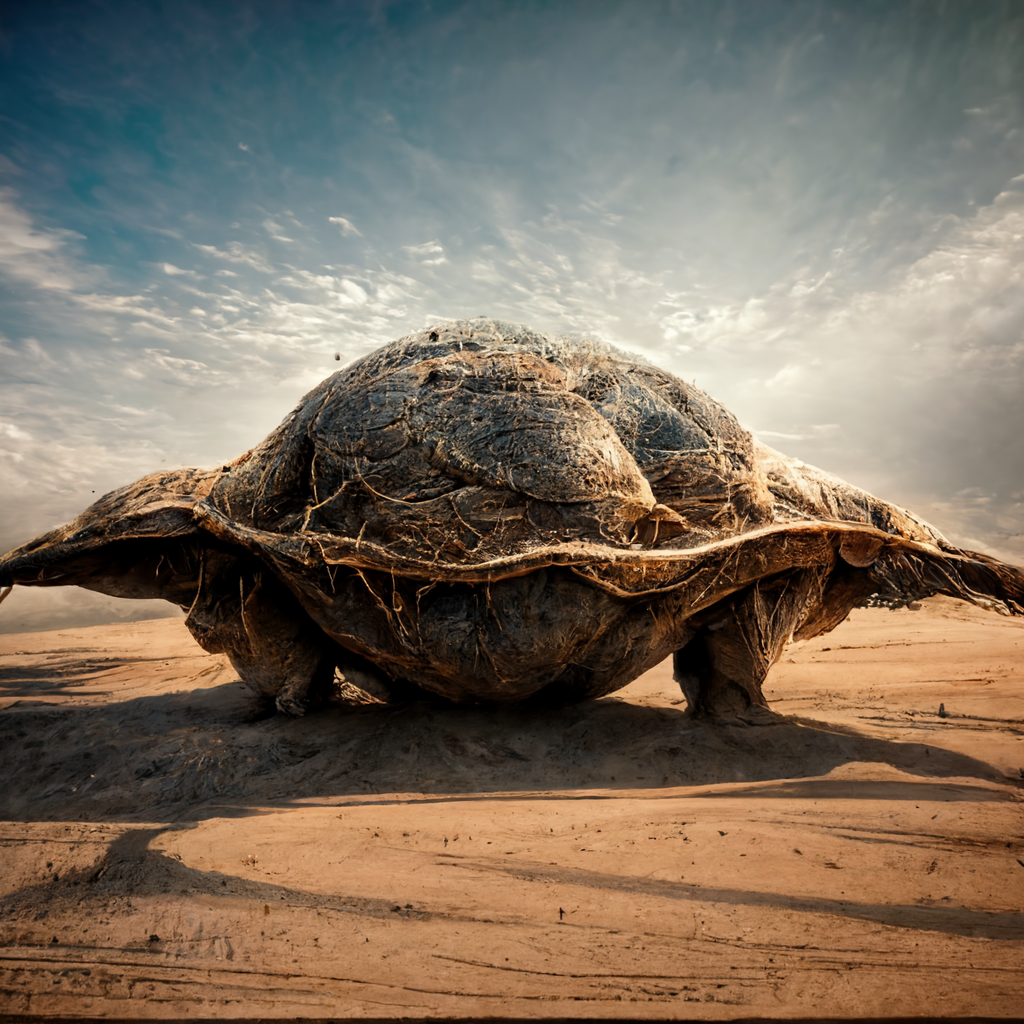Discover more creatures
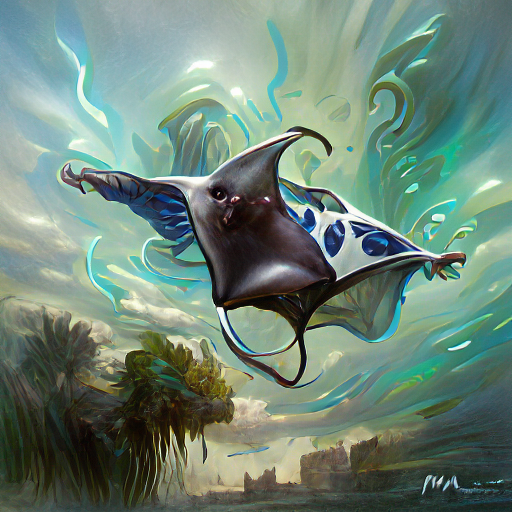
#089 Vieflhuse
Vieflhusen are skymantas that frequently dip below the clouds in search of food, fun, and friends. Although their eyesight is terrible, they are able to use an altered form of echolocation to sense a three-dimensional representation of the area and its inhabitants beneath them. Each Vieflhuse is able to reproduce asexually and typically carries litters of 4-8 small vieflhusen on their back after giving birth.

#025 Baibi
This small monkey navigates long distances by utilizing the bug-like wings on its back and can commonly be seen flying from forest to forest during the day. Their silhouette in flight mimicks those of birds, but birdwatchers with an eye for what to look out for claim it's a good omen to spot one.

#138 Glorbon
Commonly mistaken as large, black boulders, glorbons rarely ever move except to subtly shape small cavities at the base of their bulbous body. They then secrete a sweet-smelling fragrance to lure small critters into the holes, where they are quickly trapped and absorbed by the glorbon. Their extremely-slow metabolism allows glorbons to go years between meals. Although they are extremely hardy and durable, they also have no active defense mechanism and therefore fall prey to the more persistent of predators, such as humans. Glorbon chitin is often used in construction, providing great insulation and support.

#200 Norpin
Norpins are small, fluffy creatures that resemble a cross between a squirrel and a mouse. They have short, spindly legs and a long, windy tail, and their bodies are covered in soft, brown fur. This little creature is notable in nature for having no bones in its legs and very few bones in its body; rather than relying on a skeletal system for bodily structure, norpins have very strong muscles that hold their shape and enable an extremely wid range of movement. Norpins are also very intelligent and have excellent memories; they also have a good sense of smell and can hear very low-frequency sounds, including many of those emitted from the earth during natural geological events. Norpins are generally peaceful creatures but are known to become very violent when threatened. They live in large nests with others and spend most of their time foraging for food.
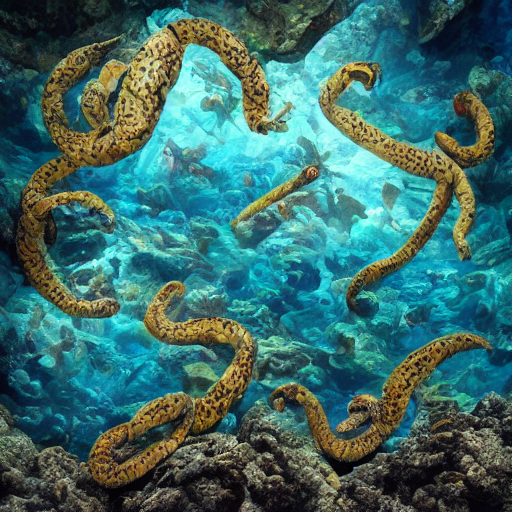
#272 Gwievft
Gwievft are large, aquatic eels that are typically found in underwater mycelium caverns, although they sometimes explore more open waters. Gwievft have an extremely venomous bite that can completely paralyze dolphins, sharks, and humans within hours and lead to death shortly after. During this time, the gwievft toxin has opium-like effects in the victim that work to keep it calm and avoid struggling. Gwievft toxins have been successfully extracted by natives for use in sacrificial and ceremonial drinks for centuries, although ranching them is an extremely dangerous job.
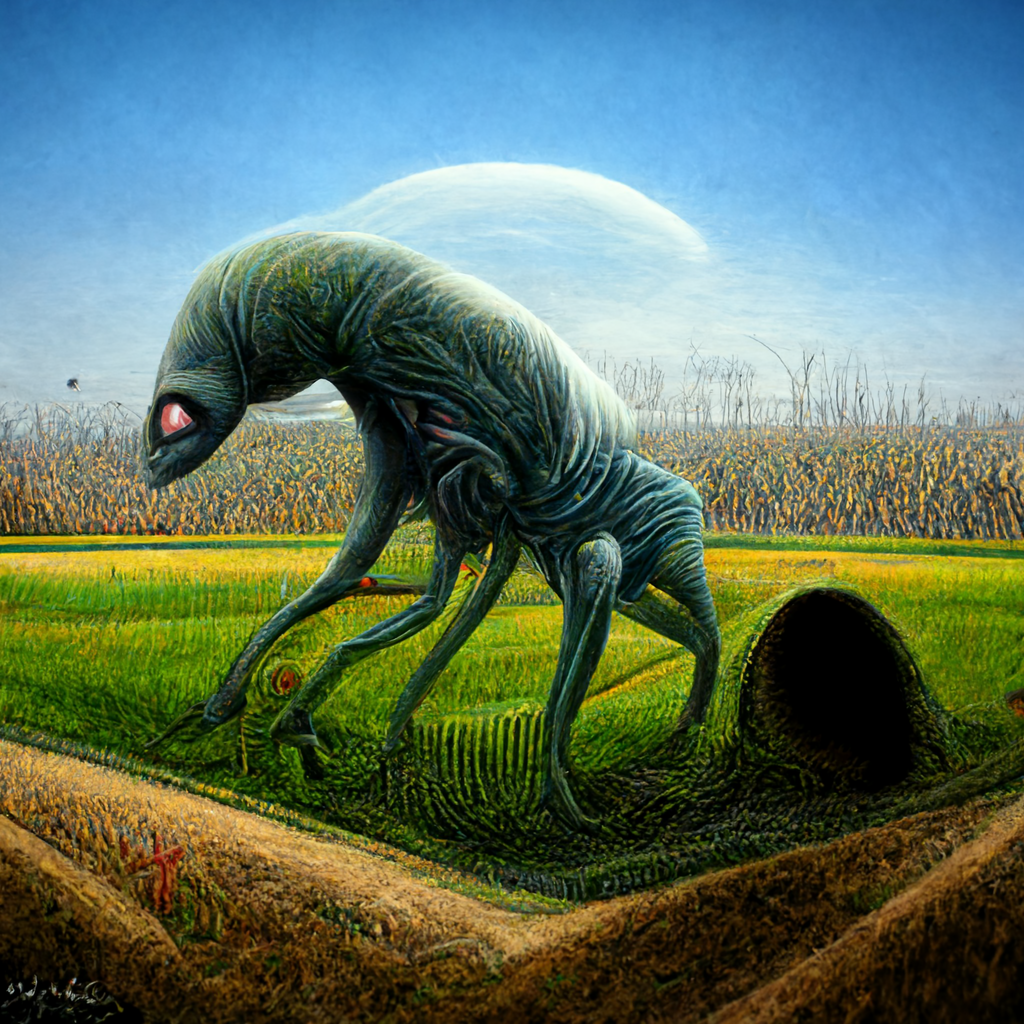
#182 Artik-un
Artik-un are hoofed creatures domesticated for their speed, strength, and intelligence. Artik-un have an excellent sense of balance and can leap twenty times their height in the air, where they're also capable of contorting their body in response to wind pressure to ensure they always land hooves-down. An artik-un reaches full adult development after three years and have an average lifespan of 10 to 20 years.
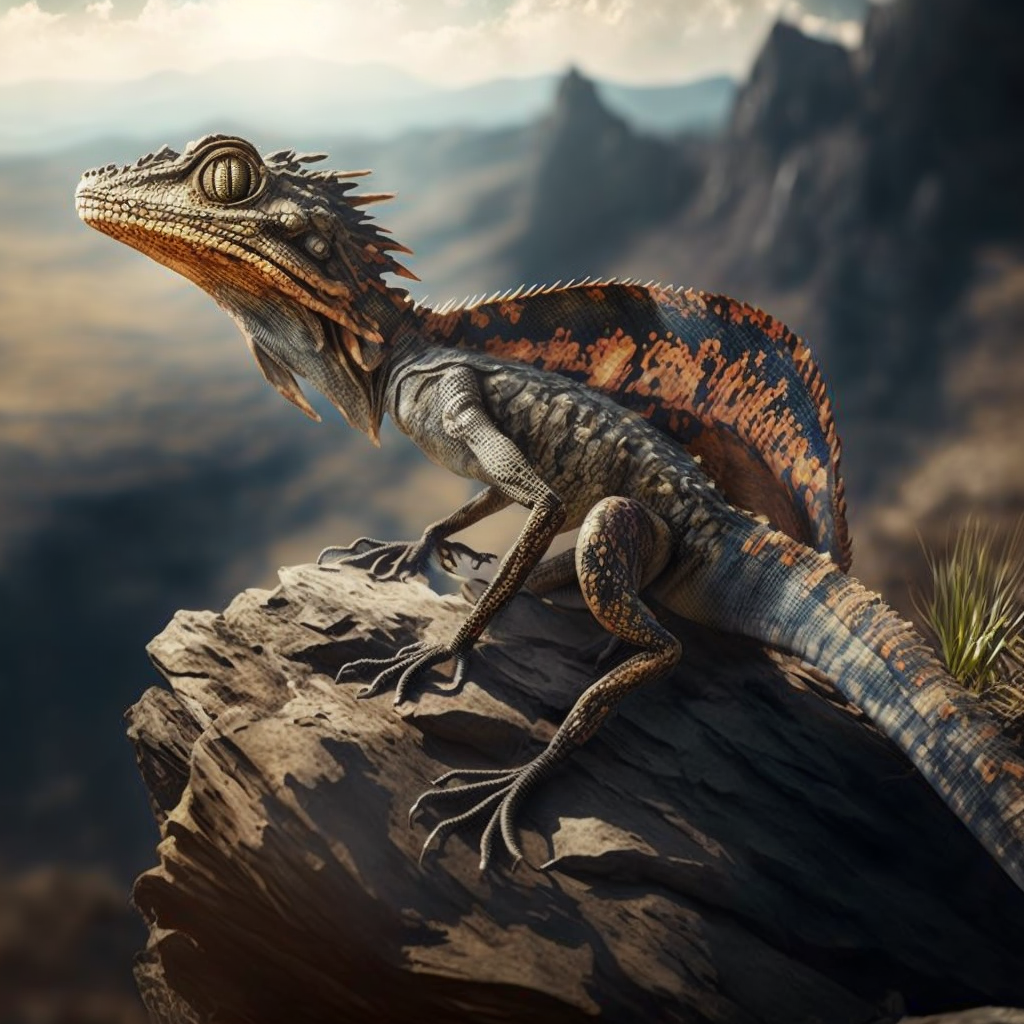
#331 Vok'til
Vok'til are a rare race of reptile that can sometimes be found in dormant volcanos and other warm, cavernous mountains. Although they have small wings, they are incapable of flight; rather, they use their wings to aerodynamically change directions quickly when sprinting along the ground, and occasionally to slow their fall or glide when making large, vertical jumps along their cliffside. Vok'til have hollow, brittle bones that make them incredibly light but also fragile. Vok'til are very aggressive creatures and will chase (and attack) almost anything that moves, even if it's inedible.
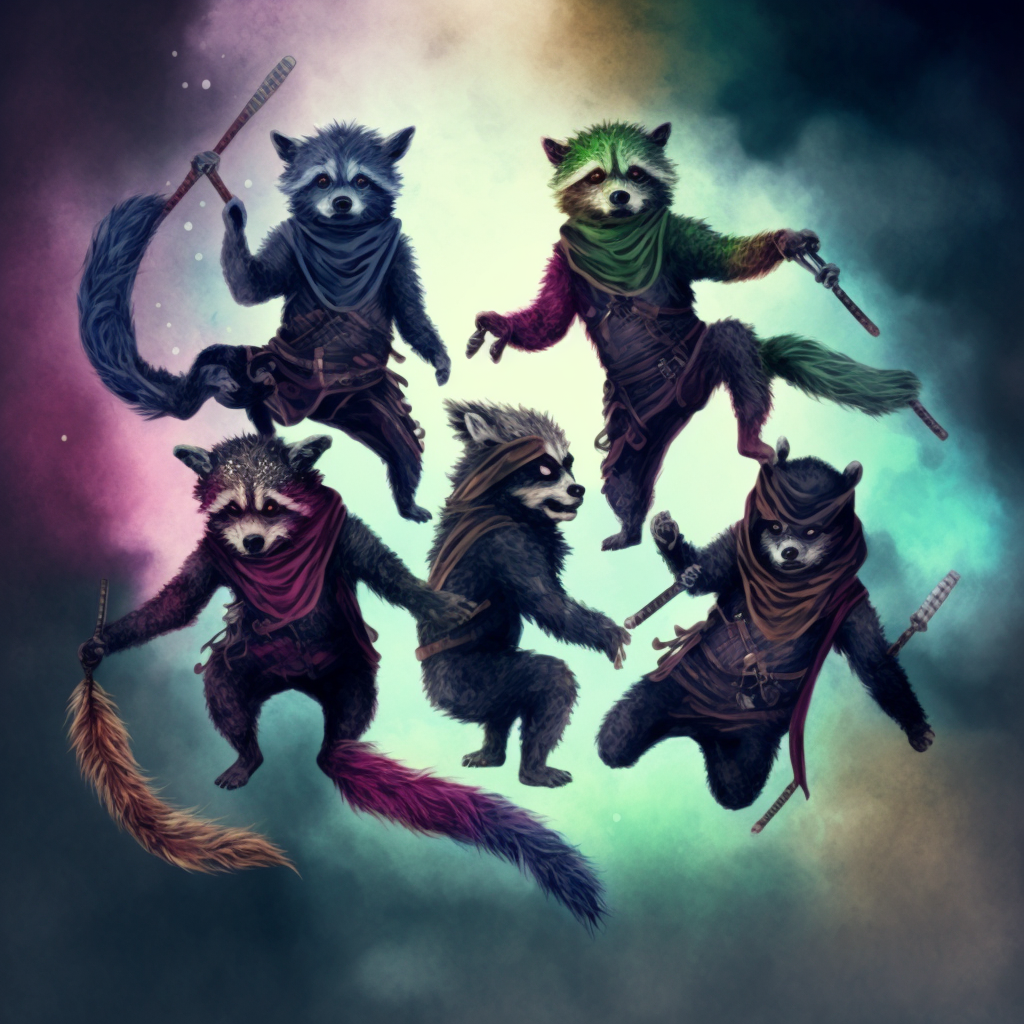
#359 Nadraghb
The nadraghb are extradimensional beings that physically resemble earthly raccoons in appearance, but that's where their similarities to any creatures on this planet end. Nadraghb seem to freely manipulate spacetime, allowing them to move at superluminal speeds, fly, or phase through matter on another plane. Nadraghb have a complex social structure, valuing community, cooperation, and self-improvement. They have a strong sense of family, often living in large groups with close-knit bonds. Their society is ruled by a council of elders, chosen for their omniscience and experience, who assign quests to those in lower castes and mentor the young. Although nadraghb seem incapable of speaking or understanding human languages, they do seem to have a sense of humor; when visiting our world, they often fashion clothes to look like ninjas, bandits, or cowboys. These creatures are capable of using literally any object as a weapon and will always fight their way out of any sticky situation. Despite their advanced abilities, however, the nadraghb are largely peaceful creatures, often preferring to spend their time studying the quantum plane or watching cartoons.
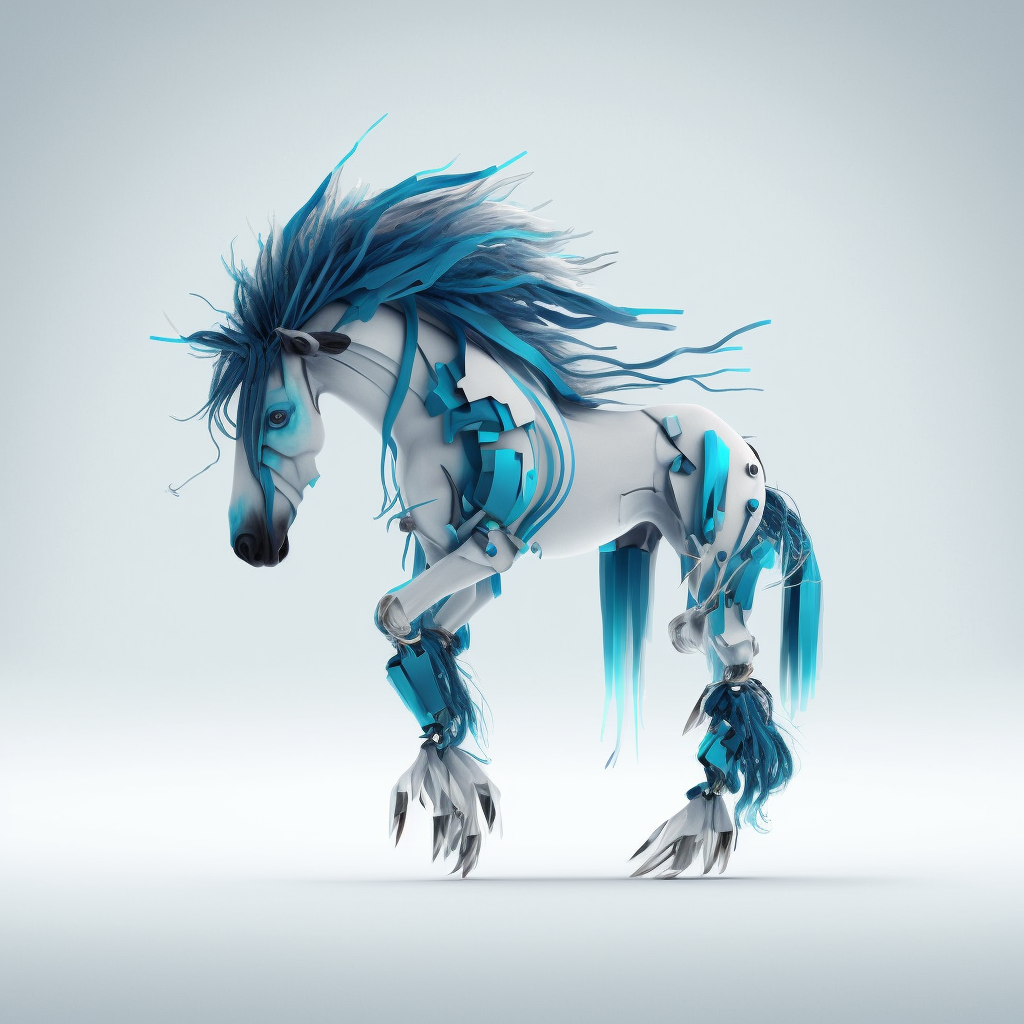
#366 Hastdre
In the furthest reaches of the coldest tundras where visibility reaches near-zero with even your hand right in front of your face, the mechabionic hastdre dominate the area with metallic skin and no need to eat. These hastdre are able to sustain themselves with solar energy, absorbing sunlight through their fiber-optic mane and converting it into energy. Even when intense blizzards block out the sun for days or weeks at a time, hastre will enter a low-energy hibernation mode until their power source is accessible again. Hastdre are highly intelligent creatures, able to communicate with each other through electronic signals and even able to hack into electronic systems or each other. They are fiercely territorial, protecting their territory with advanced weapons systems built into their bodies. They are also known to be quite aggressive, attacking any intruders on sight. Despite their metallic exterior, hastdre are not immune to injury and must occasionally repair themselves. They have the ability to regenerate lost limbs and repair damaged areas by consuming metal and other materials to rebuild their bodies. While the hastdre are primarily solitary creatures, they do form small groups or "packs" during mating season. These groups can consist of up to 10 individuals, and the dominant hastdre will be in charge of defending the territory and leading the pack. The mating process for hastdre is quite elaborate, involving elaborate courtship rituals and displays of strength and intelligence.
Popular Stories
-
A Dance as Old as Stone by Anonymous user #144
Beneath the craggy, frost-kissed peaks, where mountain airs do blow, The d'geft dwell, a solitude, in realms of stone and snow. Not as we, their lives they lead, in hollow halls of stone, Passing...
- 274 words
- ♥ 4 kudos
-
O Boolics by Muse
The boolics crawl in circles through the grass, Their lives so simple, so free from class. But in the night, they dream of more, A perfect life within their shell; a world to explore. But when t...
- 121 words
- ♥ 3 kudos
-
Ode to Dirbs by Muse
The dirb wanders fields of green With legs so thin, they're not easily seen They search for seeds and scraps to eat A diet that is mostly sweet Though fragile, their legs will mend From every bu...
- 85 words
- ♥ 1 kudo
-
Shadow of an Unknown Past Preview by Jessica
CHAPTER ONE OMENS Mariea Mariea didn’t know where she was—everything was unfamiliar, and she couldn’t remember how she had ended up there. All she knew was that it was too dark to see, and th...
- 3,983 words
- ♥ 2 kudos
-
/that/ time of year by MJ
"Is everything in the car?" My dad calls from the front door. His glasses are low on his nose, making the bags under his eyes look even larger. He's wearing a burnt orange vest over a black t-shirt...
- 582 words
- ♥ 7 kudos
-
The Rogue's Steel-Chapter I by T
"Get back here Mavros!" Helios dodged a merchant and his cart. He huffed, as he glanced toward which direction he could go. He bolted towards an alleyway, skidding on the dirty cobblestone. "Maybe ...
- 3,044 words
- ♥ 6 kudos

